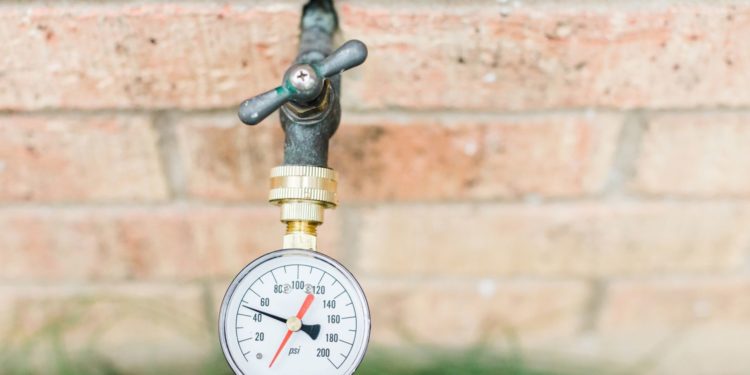Every plumbing installation in a new structure must be tested to ensure it functions as required. The test carried out for the plumbing system is referred to as a water pressure test. This test verifies that the plumbing system can withstand the water pressure during tenant usage, typically 4.5 bars. It also identifies any potential damages to the PPR pipes during installation.
The steps involved are as follows:
- Capping the Stub-Outs: Securely cap all the stub-outs.
- Install Testing Fittings: Install a fitting that allows the connection of a water compressor hose and pressure gauge to the system. Usually, one stub-out is left uncapped, and a tee and adapter are installed for the hose and gauge on that stub-out.
- Filling the Pipes: Turn on the compressor and fill the pipes with water until the gauge reaches the test pressure reading, which is typically around 6 bars.
- Monitoring the Pressure: Turn off the compressor and leave the system pressurized for 4 hours. Any reduction in pressure during this time indicates the presence of a leak, which will require repair.
- Sign-Off: Ensure all relevant parties sign off on the test results.
Pressure tests are conducted twice: before casting the slab and before plastering.
For the first test, all plumbing and drainage connections are completed by plumbers as other work on the slab continues. Just before the concrete for that particular floor slab is cast, the water pressure test is performed.
If any damages are detected, it is easier to fix the broken or leaking areas when most of the pipes are still accessible and not covered in concrete. A sign-off is done with the relevant parties for record-keeping.
The second test is performed after the slab is cast. Once the walls are constructed, hacking is done to accommodate the PPR pipes from the slab to the outlet points. After the first fix is completed, the pressure test is carried out.
Any areas with damages or leaks are repaired, and plastering is then performed. A final sign-off is done afterward to ensure all repairs and installations are documented.
Meticulous execution of the water pressure test at different stages of construction ensures the plumbing system’s integrity and functionality, preventing potential issues in the future.
















